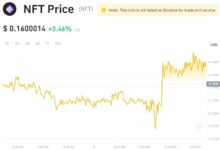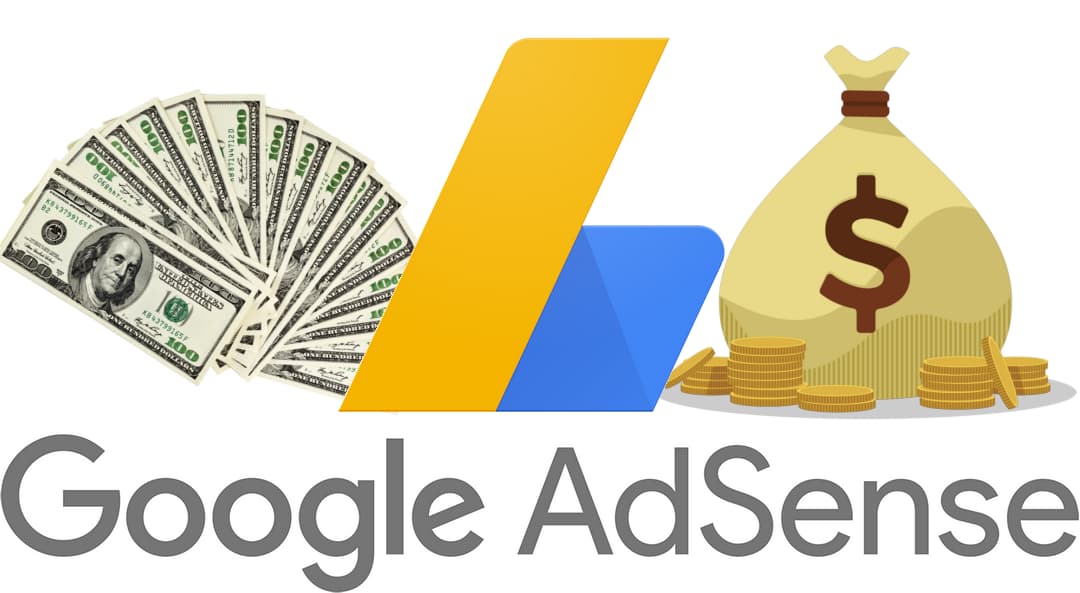first price auction in Adsense on advertising platforms

What is the first price auction in Adsense? Earlier Google said it will change this in its system and AdSense will move to the first price auction. After months, this is in the interest of publishers, the king of websites, blogs, and owners of YouTube channels. They will receive the amount won by the first advertiser. It will be detailed and explained with appropriate examples and simplified for you to follow the topic in order to understand and know what is meant.
What is the first price auction in Adsense?
The first auction price is what you usually think of when auctions come to mind. In first rate auctions, many advertisers bid for a set amount of money per impression, and the highest bidder wins and the amount they bid and pays.
The biggest benefit of the first price auction in AdSense for publishers is that it offers greater potential for earnings. Because advertisers bid up to the maximum available budget. or the estimated market value of your ad inventory, you will always receive the true amount of the highest bid without missing a beat from the first winning advertiser’s auction.
Unfortunately, because of this, first rate auctions are not yet common in software advertising. While the industry is slowly changing to begin incorporating first rate auctions, second price auctions are more common.
How does the first price auction system work?
In a first price auction, an advertiser bids for a set amount of money on an impression, which is then compared to other bids for the same impression.
For example, an advertiser (“amazon”) submits a bid of $6, a bid (“alibaba” of $5), and a quote (“samsung” of $4).
- amazon $6 (first price auction winner)
- alibaba $5 (advertisement will not be displayed)
- samsung 4 dollars (no ad will be displayed)
In the first price auctions, the amazon advertiser will win the auction and pay $6 to display their ad on the publisher’s website. The winning bid is what is known as the clearing price and he will pay the full amount of the bid which is the full $6 without decreasing one cent.
In some cases, the display network or publisher may set a minimum price, which acts as the base level from which bids are calculated. Looking at the example above, let’s say the ad network sets a minimum price of $4.50. In this case, the Samsung advertiser’s bid will be automatically deducted because it does not meet the minimum price. While the amazon advertiser still wins the auction and will pay the $6 as is.
What is the second price auction?
The second price auction is currently the most popular type of auction for automated ads that have been abandoned for use in Google Adsense, Admob, and Google Ads. This second price auction is mainly because it directly benefits the advertiser. These types of auctions are designed so that advertisers can bid up to their full budget, yet they are guaranteed not to overpay for the big price they bid and won the auction.
Unlike first price auctions, it is difficult for AdSense publishers to improve their ad revenue by using ad networks such as Google Adsense that use second price auctions in the past. While features such as pricing limits allow you to set a minimum price for your ad inventory, second price auctions often result in publishers losing revenue.
However, that doesn’t mean the digital advertising industry will use second-price auction software systems forever. Ad networks like Google are starting to embrace first rate auctions, so publishers and advertisers are on the same level.
How does the second price auction work?
Similar to a first rate auction, each advertiser bids a certain price per impression, compared to other available bids.
Suppose an advertiser submits a bid (“amazon” $6), a bid (“alibaba” $5), (“samsung” a $4 bid).
Just as with the first bid auction, the ‘amazon’ advertiser will be the highest bidder, so their ad will be displayed on the publisher’s website.
- amazon $6 (win)
- alibaba $5 (the price of the second auction and no ad will be displayed)
- samsung 4 dollars (no ad will be displayed)
The difference here is that the “amazon” advertiser will only pay $5.01 and not $6 but only one cent will be added above the auction price of the second-ranked competitor “alibaba”, as the clearing price is the bid price by the second-placed advertiser Plus one cent. Therefore, the advertiser “amazon” saves $0.99 on this impression, because it only has to pay one cent more than the second highest bidder.




